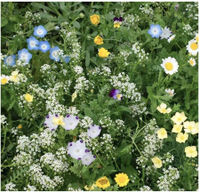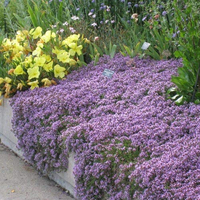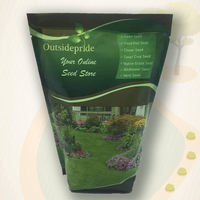'Tapestry' lawns are a prettier, low-maintenance alternative to grass – this expert urges you to consider one
Introduce some color to your backyard with a tapestry lawn, the low-cost and eco-friendly alternative to grass
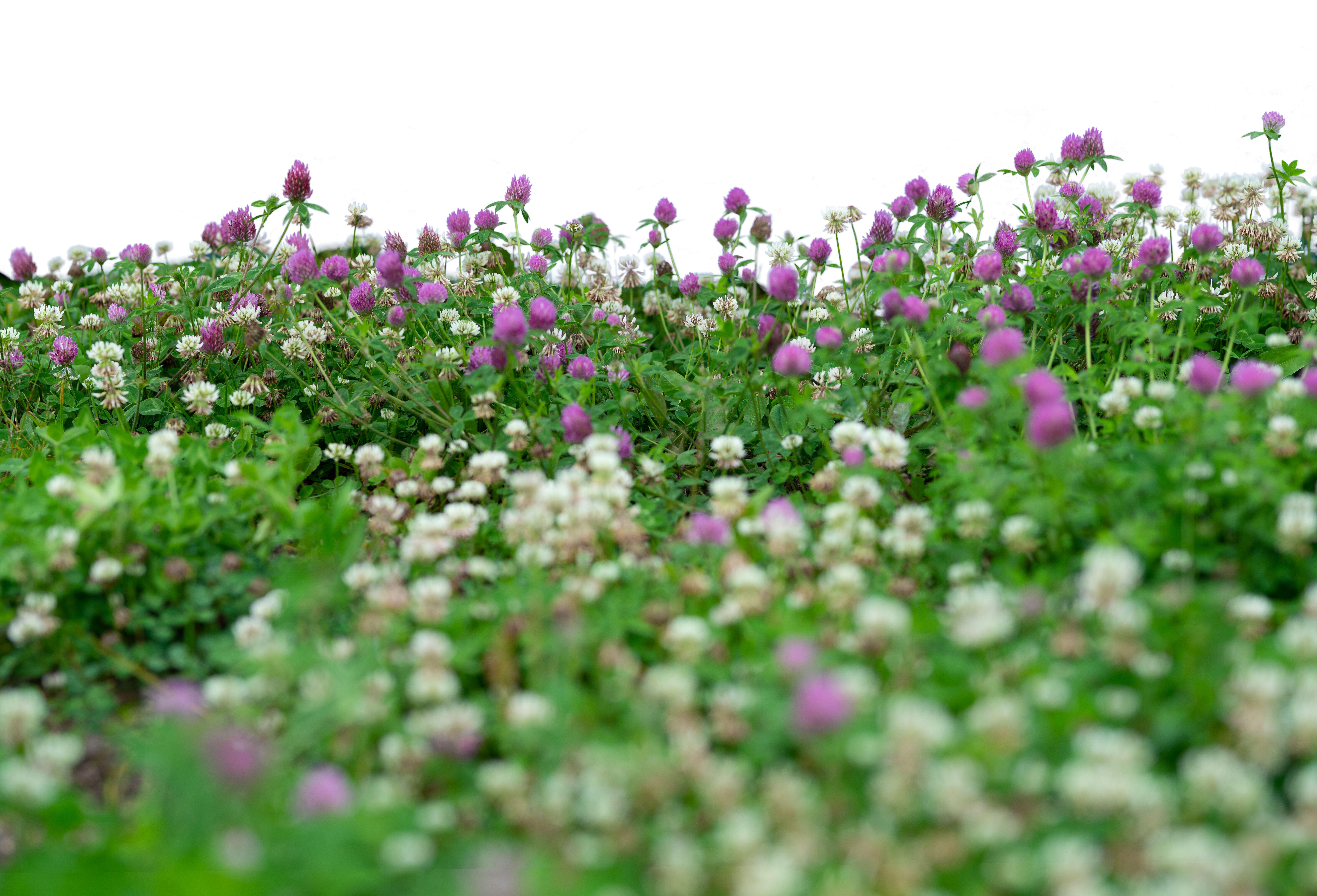

Obsessively manicured lawns are a thing of the past. Instead of a sweeping mass of tidy green grass, homeowners are now opting for wilder, more natural backyards that look prettier, cost less, and have a greater benefit on the planet – and they're calling them tapestry lawns.
Also known as a meadow lawn, matrix garden, or patchwork lawn, this turf technique involves rewilding traditional grass by introducing a ground cover of low-growing flowering plants. The result is a beautifully vibrant patchwork landscape that attracts pollinators to your backyard and makes your lawn maintenance virtually nonexistent. Sound appealing? We thought so.
To learn more about this latest landscaping trend, we spoke with a gardening expert who explains their many benefits and how to plant one.

Lilith is an expert at following news and trends across the world of interior design. She's committed to helping readers make the best choices in their homes (and backyards) through sharing practical tips and guides. In this article, she speaks with an expert gardener to learn why tapestry lawns are taking the internet by storm
What is a tapestry lawn?
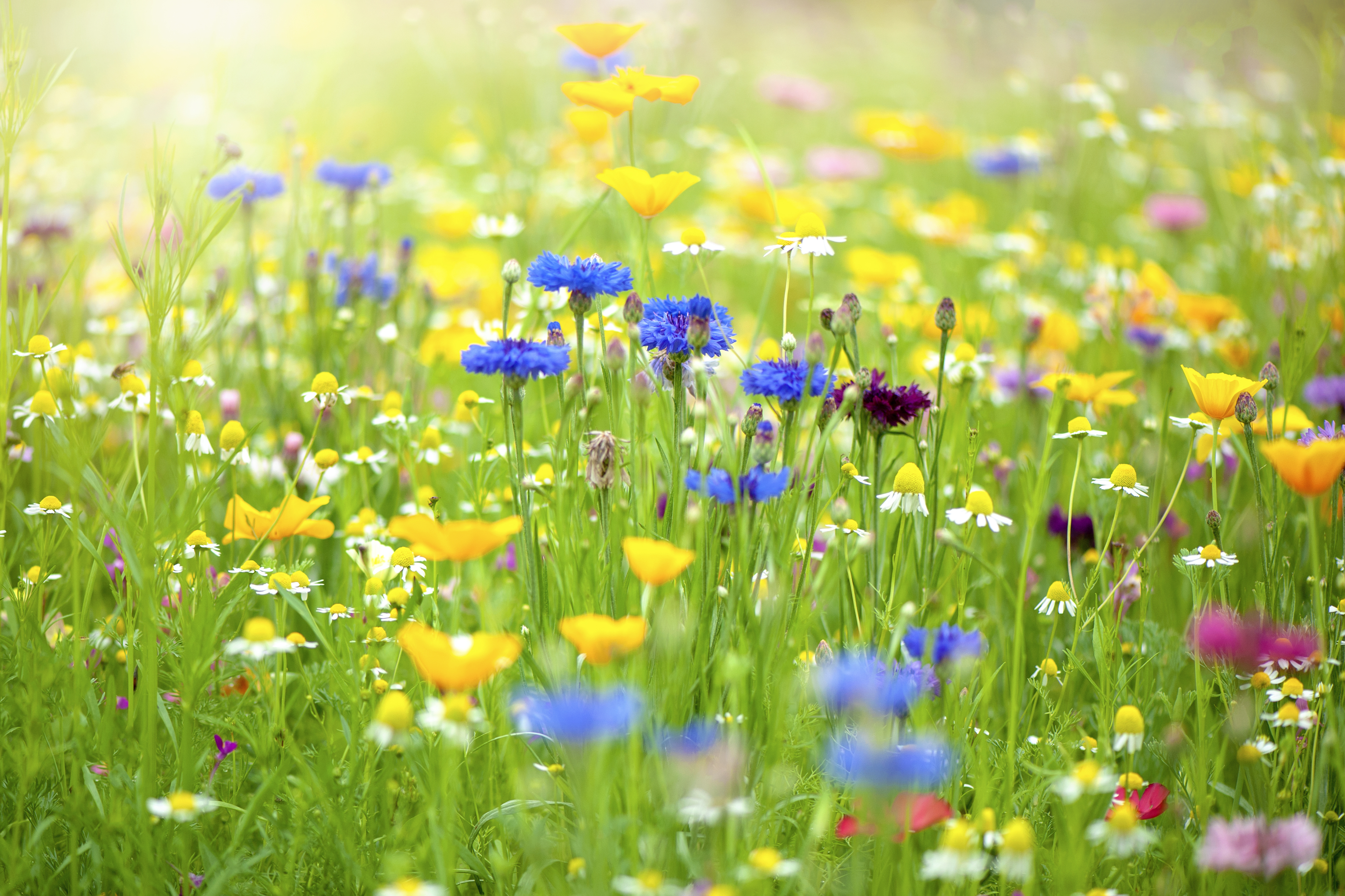
In a nutshell, a tapestry lawn is a type of ground-cover foliage made up of various low-growing perennials that create a sort of patchwork collage in your backyard. 'They're made up of a mixture of different plant species, including grasses, wildflowers, and clovers,' explains Diana Cox, blogger and gardening expert at The Gardening Talk.
While any type of native perennial will work, popular choices include clover, thyme, chamomile, and different varieties of stonecrop. Together, they offer a kaleidoscopic array of colors to brighten up your backyard.
Besides the aesthetic appeal, there're a whole host of benefits to tapestry lawns, too. Like clover lawns, they require less maintenance than grass with minimal mowing, less watering, and no fertilizer necessary. This also makes them a far more environmentally friendly alternative. As Diana notes: 'the mixture of plant species in a tapestry lawn can help attract beneficial insects like bees and butterflies, which then help pollinate other plants in the area.'
Alternative lawn wildflower seed mix, Amazon
Add some color to your lawn with this wildflower mix from Amazon. The mixture offers a low-growing ground cover composed of fine fescue, flowers, and clovers, including Sweet Alyssum, Baby Blue Eyes, Soapwort, and Violas for a colorful and diverse alternative to grass lawns.
How do you plant a tapestry lawn?
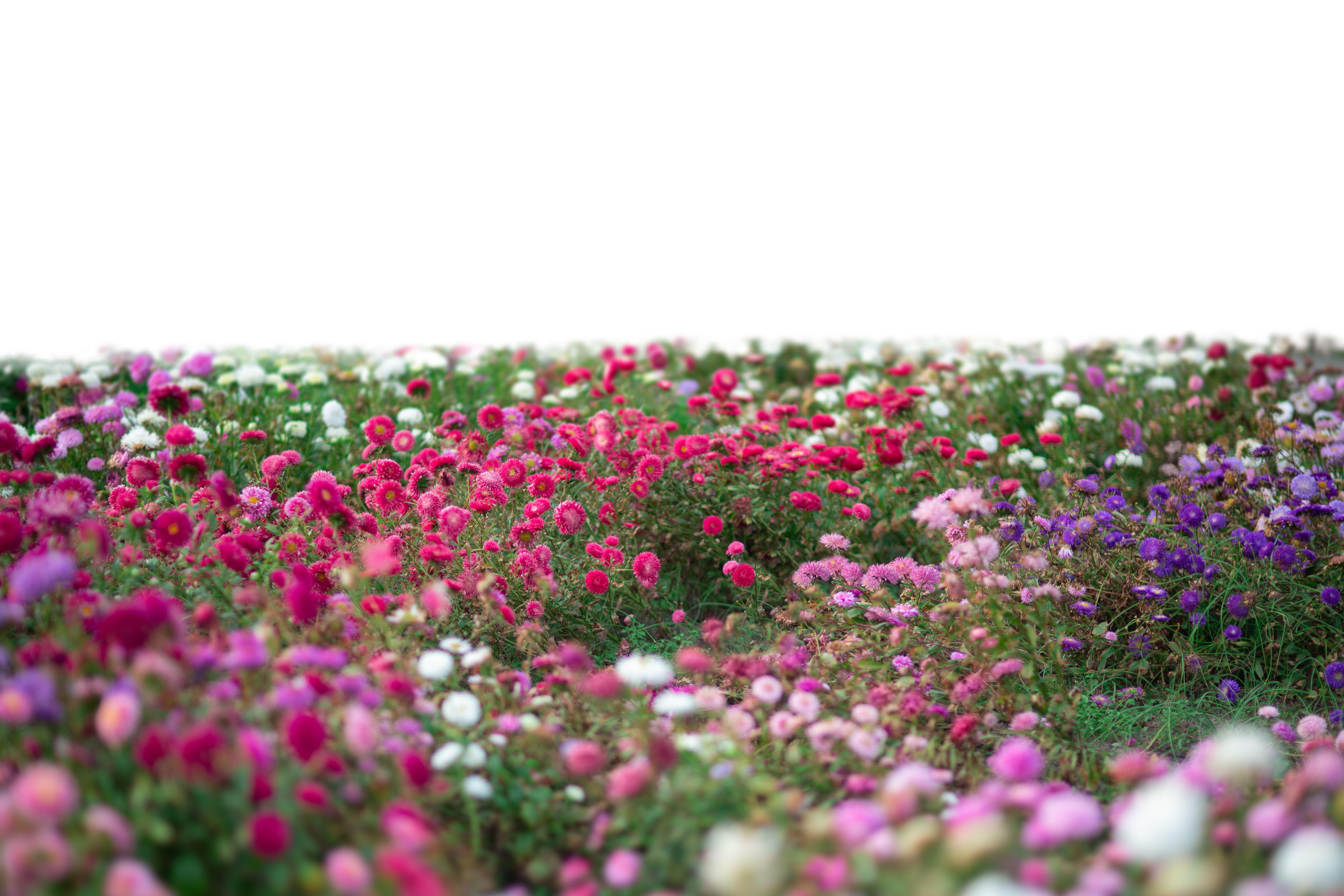
A carpet of flowers in place of your traditional lawn certainly sounds appealing, but how do you plant one? The good news is, you don't have to be particularly green-thumbed to embrace this low-maintenance garden idea as long as you use native plants because these will flourish on their own.
Be The First To Know
The Livingetc newsletters are your inside source for what’s shaping interiors now - and what’s next. Discover trend forecasts, smart style ideas, and curated shopping inspiration that brings design to life. Subscribe today and stay ahead of the curve.
'First, prepare your soil by removing any existing grass and weeds,' says Diana. 'Mix in compost and rake the soil until it is level, then spread your seed mixture evenly over the area, making sure to follow the recommended seeding rate on the seed package.' Once you've scattered your seed, lightly water the area to keep the soil moist until the seedlings start to grow.
For the best chance of a flowering lawn come summer, now is actually the perfect time to plant a tapestry lawn. Planting your seeds in early spring or fall when temperatures are cooler will give them a chance to establish themselves before the warmer conditions kick in.
'During the first few weeks after planting, it's important to keep the soil moist but not saturated, as this can cause the seedlings to rot,' Diana explains. 'But, once the lawn has become established, it will only need to be watered during prolonged dry periods.'
If you want to make your lawn super lush and think, consider overseeding. What is overseeding? It is a technique of sowing new seeds over an existing lawn, without having to tear up any existing turf or soil. This leads to a thick variety that lasts a long time.
Creeping thyme is a popular and adaptive dwarf ground cover perfect for tapestry lawns. This pack of 8000 seeds from Amazon will cover a large area and the purple flowers will add a splash of color to your lawn throughout much of the year. Better still, this perennial herb will over-winter well in zones 4-9 while also tolerating moderate foot traffic.
Do you have to mow a tapestry lawn?

If you find mowing a chore, you'll be pleased to hear that tapestry lawns don't require regular mowing at all. That said, if you still want to use your lawn as a space for the kids to play and for you to lounge on sunny Sundays, you'll need to trim it every so often to avoid it becoming an unruly wildflower meadow.
'Occasional mowing keeps the plants from getting too tall and spreading too far,' says Diana. 'Mow the lawn to a height of 3-4 inches and leave the clippings on the lawn to act as a natural fertilizer. It is also important to periodically remove any weeds that may appear in the lawn, as they can compete with the desired plants for resources.'
Be sure to keep the blades on your lawnmower high if you want to reap the benefits of wildlife gardening, and make sure you wait for your tapestry lawn to grow to a height of six inches before the first mow. Follow these steps and you'll have a technicolor lawn full of beautiful blooms come summer that the bees and butterflies will thank you for.
This white Dutch clover seed, available from Amazon, is a perennial. Not only is it more low-maintenance than grass, but it also helps with erosion control and helps to attract pollinators to your lawn. Good for your backyard AND the planet!

Lilith Hudson is a freelance writer and regular contributor to Livingetc. She holds an MA in Magazine Journalism from City, University of London, and has written for various titles including Homes & Gardens, House Beautiful, Advnture, the Saturday Times Magazine, Evening Standard, DJ Mag, Metro, and The Simple Things Magazine.
Prior to going freelance, Lilith was the News and Trends Editor at Livingetc. It was a role that helped her develop a keen eye for spotting all the latest micro-trends, interior hacks, and viral decor must-haves you need in your home. With a constant ear to the ground on the design scene, she's ahead of the curve when it comes to the latest color that's sweeping interiors or the hot new style to decorate our homes.
-
 The 'New British' Style? This Victorian London Home Embraces Its Owners' Global Background
The 'New British' Style? This Victorian London Home Embraces Its Owners' Global BackgroundWarm timber details, confident color pops, and an uninterrupted connection to the garden are the hallmarks of this relaxed yet design-forward family home
By Emma J Page
-
 Muji Living Room Ideas — 5 Ways to Harness The Calming Qualities of This Japanese Design Style
Muji Living Room Ideas — 5 Ways to Harness The Calming Qualities of This Japanese Design StyleInspired by Japanese "zen" principles, Muji living rooms are all about cultivating a calming, tranquil space that nourishes the soul
By Lilith Hudson
